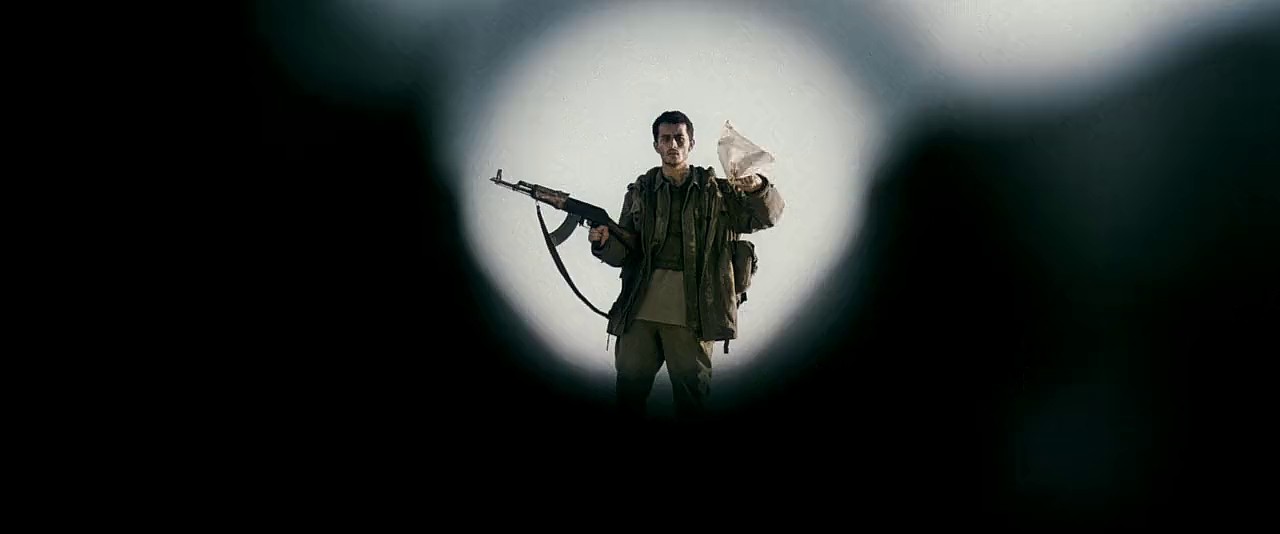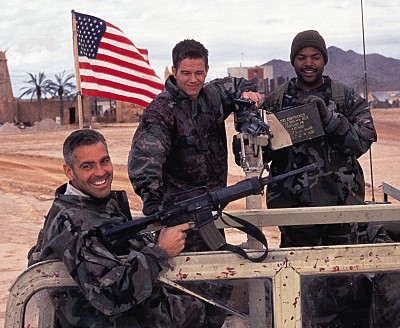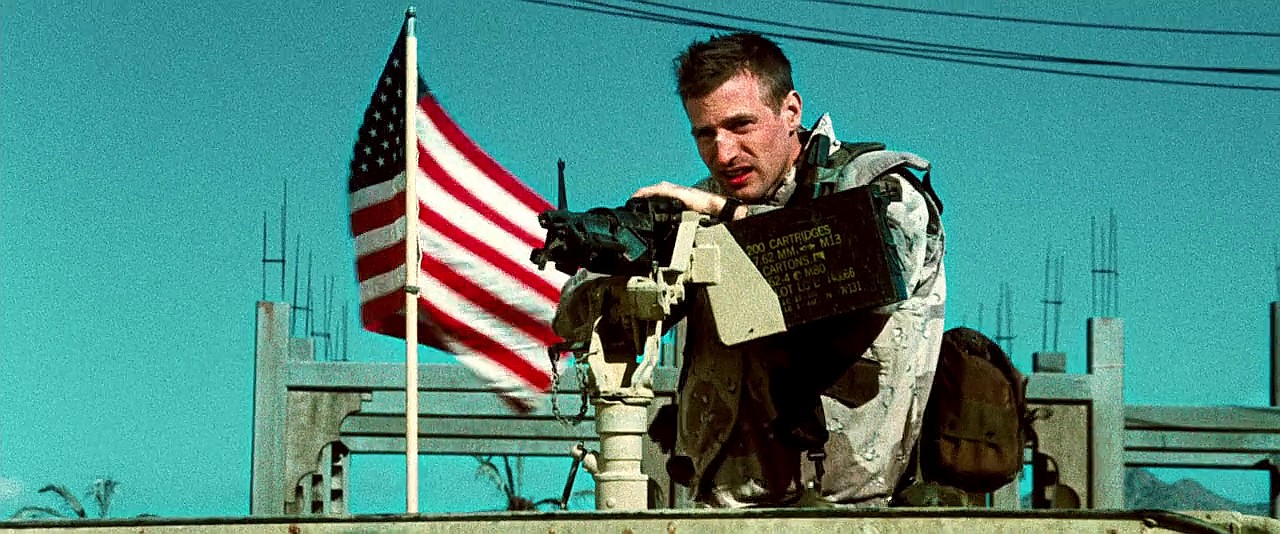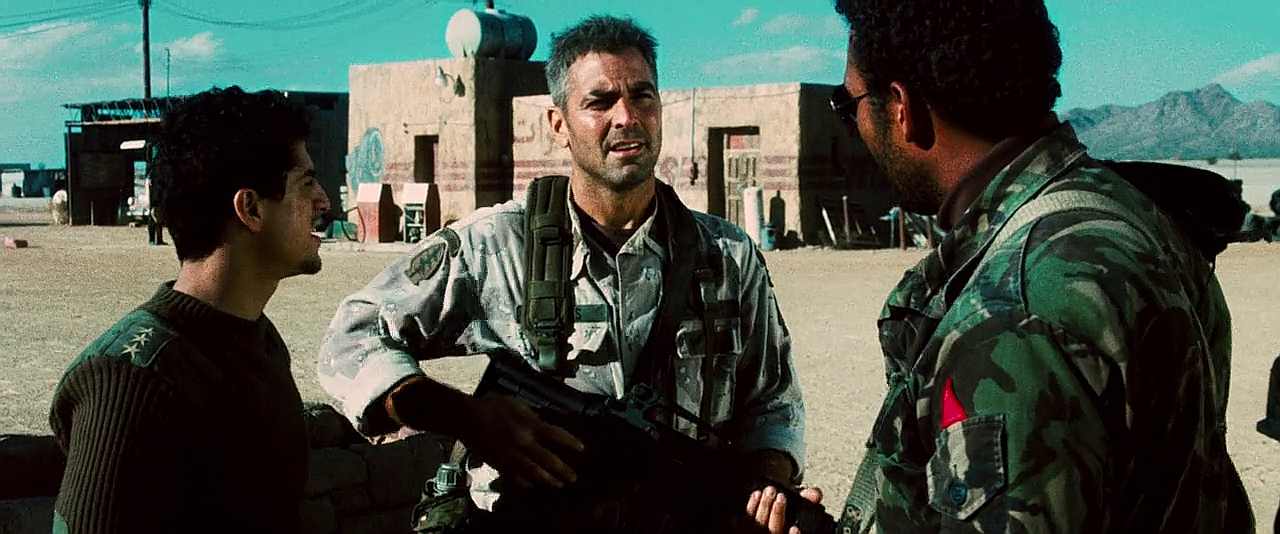“The Monuments Men” is a movie about the previously
little known MFAA (Monuments, Fine Arts, and Archives) program. This unit was created by the Roosevelt
Administration to protect and recover art works in WWII Europe. The film was directed by George Clooney and
is based on the book The Monuments Men: Allied Heroes, Nazi Thieves and the
Greatest Treasure Hunt in History by
Robert Edsel. It was filmed mainly in
Germany. The movie begins with the
classic “based on a true story” claim.
The story starts with a prologue that establishes
that the Nazis (in particular Hermann Goering) are looting art throughout occupied
Europe. The unit is the brainchild of an
art conservationist named Frank Stokes (Clooney). One selling point in his slide presentation
to FDR is a reference to what happened
to the monastery at Monte Cassino.
Stokes recruits several colleagues (none of whom is reluctant to risk
his life in what is clearly going to be a dangerous mission). The recruitment is done without dialogue
which is a nice touch, but negates much character development. In a foreshadowing of the level of humor, one
of the men gets a physical while smoking a cigarette and the doctor is smoking
(and hacking), too. The obligatory
training sequence is mercifully short and inserted solely to establish that the
guys can kill Nazis if necessary. And
they get to dress like soldiers.
| "I'm putting together a unit and I need one hunk for any romance breaks out" |
In his briefing of the six other unit members, Stokes
points out that Hitler is looting art for his planned Fuhrer Museum in his home
town. In July, 1944 they land in
Normandy and meet immediate resistance from the military. It seems the Army is more interested in
blowing things up than preserving art.
The idea of protecting sites is immediately nixed, but it’s okay for
them to roam the front lines (and beyond) sans escort. In particular, they are hunting the Ghent Altarpiece
and Michelangelo’s statue “Madonna With Child”.
Along with these two subplots, Granger (Matt Damon) is sent to make
contact with a French art historian named Claire Simone (Cate Blanchett) who
works in a Paris museum which is the main conduit for French art being sent to
Germany. Claire is reluctant to confide
in Granger because she suspects the U.S. of wanting the art for itself. “How can I help you steal our stolen
art?” She is feisty and skeptical, but
Granger is Matt Damon – you do the math.
The movie’s middle third is divided between the
quests by segments of the unit. Each is
a little mini-war movie. Campbell (Bill
Murray) and Savitz (Bob Balaban) are tasked with the Ghent Altarpiece. Their
relationship has the earmarks of a buddy film.
Garfield (John Goodman) and Clermont (Jean Dujardin) are sent out to get
shot at. The action scenes. Jeffries (Hugh Bonneville) goes after the
Madonna in Bruges. The behind the lines
scene. Meanwhile, Stokes and his German
interpreter Pvt. Epstein (Dimitri Leonidas) supervise and put leads together. The detective story. They discover that the Germans are hiding the
art in various mines. Oh, and the
romance between Claire and Granger.
There’s something for everyone!
| will these two art loving foes form a bond? have you never seen a buddy film? |
The last third deals with the mines as the crew is
reunited. Two races ramp up the
suspense. First, there is the Nero
Decree which states that in the event of Hitler’s death, the Nazis are to
destroy all the looted art. Second, the
Soviet Trophy Brigade is looting the looted art as reparation for all the damage
done to the Soviet Union during the war.
This movie manages to have evil Nazis and Communist bastards. In
fact, the final set piece is a race to the last mine (and the Madonna) that,
with the aid of clock-ticking music, has the audience on the edge of its seat
as it frets over who will get possession of a statue. Don’t watch this movie if you have heart
problems! (Which based on the age of my
audience…) The movie closes with a
head-scratching cribbing from “Saving Private Ryan”. This includes the “was it worth it?” query.
This ain’t “Inglorious Basterds”. It is more of a throwback to Old School war
movies. There is no cursing nor graphic
wounds. One main character stays loyal
to his wife when tempted by an exotic mademoiselle. The movie even manages to incorporate a
Christmas song. (Perhaps because the
film was originally supposed to be a December release.) The humor is far from cutting edge. It is smile-worthy with some
eye-rollers. Even Murray’s character is
subtle in this respect. Fortunately,
there are no unintentionally funny moments, although some of the plot
enhancements are silly to anyone who is big on reality or does not like huge
coincidences. I’m talking about you -
“mine scene”.
| We were soldiers, too! |
The movie will probably be popular because of the
cast. Clooney chose well when he
assembled his Oceans Seven. They are all
comfortably familiar actors. It is hard
to alienate an audience when you have Damon, Murray, and Goodman in your
cast. Kudos to Clooney for not
dominating in his own movie. The acting
is fine, if unspectacular. Clooney’s
direction is workmanlike. The
cinematography features some off centered shots and multi-leveled compositions,
but you won’t leave the theater marveling at what you have seen. Clooney managed to round up enough period
vehicles to give the movie a WWII war movie vibe. There is little combat so the jury is out on
his ability to stage war action. In
fact, the one brief fire fight is marred by an egregious disregard for common
sense tactics by American soldiers.
There is also a sniper scene that is only saved from ridiculousness by
the twist of who the German sniper turns out to be.
The movie eschews cliches for the most part. There is no command dysfunction and little conflict within the group, although we
do get the trope of the authorities being uncooperative. The unit is not heterogeneous. You do get a redemption arc for Jeffries. There is also something of a suicide mission,
who will survive? feel to the plot.
Naturally, the script throws in the Jewish interpreter and Holocaust
references like a cache of gold fillings.
We get two evil Nazis! One
who inexplicably decides shooting at Clare with a luger from 50 yards is
preferable to a firing squad for a French Resistance rat. The other is the heinous heinie who kills one
of the seven. Hiss! They keep popping up as those types tend
to.
| Will Claire ever warm to James? Have you never seen a romance movie? |
“The Monuments Men” is what I sometimes call a WTF/WTF
war movie. This means it has scenes
where you shake your head at what has to be complete crap and then you find out
some of those scenes were actually accurate.
This film is a mixed bag and based on preliminary research I would have
to say it is average for a “based on a true story” movie. The Monuments Men unit did exist and was
created to rescue as well as protect art.
However, it consisted of 350 men and women from 13 different
countries. The individuals did come from
various art-related occupations and they did go through military training. All the main characters but Clermont are
based on real people, although the names have been changed. Stokes is George Stout who was an art
conservationist who played a main role in the creation of the MFAA and was one of the first to land in
Normandy. The other members never worked
as a unit or even in pairs, as the movie depicts. Claire was Rene Vallard and she is pretty
accurately portrayed, including her reluctance to help the MFAA. I seriously doubt the romance subplot is
authentic. The unit did learn about a cache from a dentist whose son-in-law was a
former S.S. officer. He did not have
stolen art decorating his abode. The
Nero Decree was for real, but was
never implemented. No flamethrowers. Hitler was
planning on an art museum in his home town.
One of the mines did contain a
huge quantity of gold that drew more press than the art recovery efforts. As far as the deaths, one actual member was
killed by a shell while moving an altarpiece.
The staging of both deaths is pure crap, but at least the movie does
not have the men actively involved in combat.
For more details, wait for my upcoming “History or Hollywood” post.
It
is hard for me to be too harsh with “The Monuments Men”. It falls into my most valuable category of
war movies – those that bring light to a little known, but deserving
individual, unit, or event. This category
includes some great movies like “Glory”, but most are misfires like “Red
Tails”. Unfortunately, if the producer
botches the effort, there is little chance for a redo. (“Red Tails” being particularly disappointing
as the rare second attempt after “Tuskegee Airmen” came up short.) I think it’s safe to say there will no future
films highlighting the MFAA. “The
Monuments Men” falls midway between “Glory” and “Windtalkers” (the two
extremes) in quality. If you want to
watch a much superior movie on this subject, watch “The Train”. And then remember that before there was
George Clooney, there was Burt Lancaster.
Progress?
Grade = C
_poster_art.jpg)




